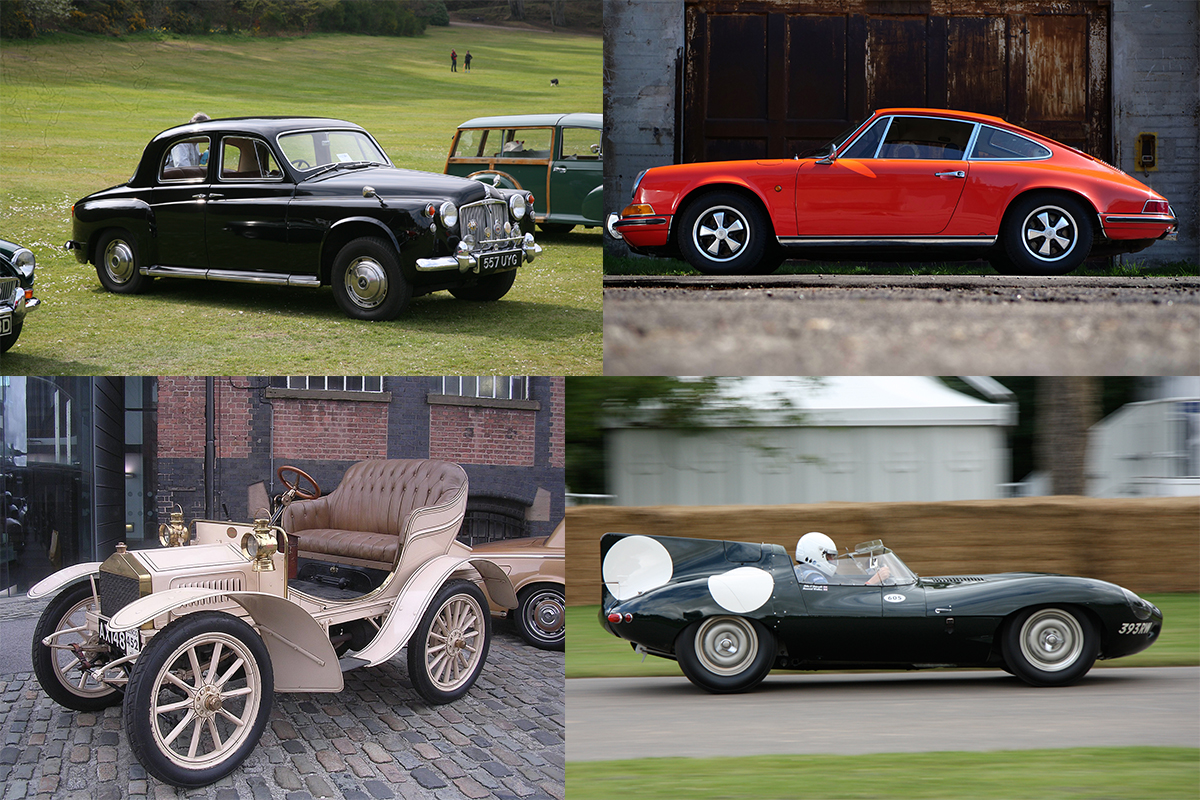
In 2024 many of the classic cars originally supplied with gauges from SMITHS or Caerbont Automotive Instruments are celebrating notable anniversaries. The oldest dates back to 1904 and the youngest 2004, reflecting our wonderful rich history. We look back over 120 years of automotive history with classic car anniversaries celebrated in 2024.
The Rolls-Royce 10hp was the car that started one of the most famous automotive brands of all time. The car was the first produced following an agreement between Charles Rolls and Henry Royce. The 10hp used an 1800 cc water-cooled twin-cylinder engine, which was enlarged to 1995 cc on later models. Despite intending to build 20, only 16 were ever made and it is believed that four survive to this day.
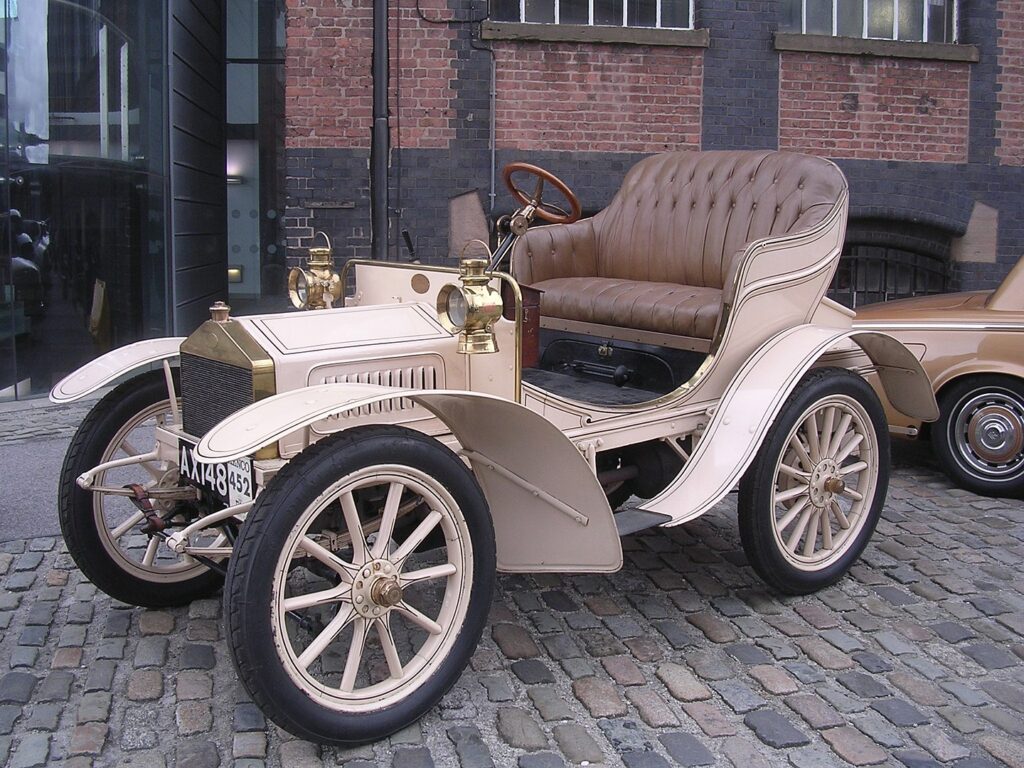
In the same year, the British Rover car company was born when they released their first production car – the Rover 8. Designed by Edmund W Lewis, the Rover 8 had a single-cylinder 8 hp 1327 cc engine and could reach speeds of up to 24 mph (39 km/hr).
In the early 1920s, Cecil Kimber identified a niche market for faster and sportier cars. At the time he was the General Manager of Morris Garages, owned by William Morris. Although Kimber had already designed new coachwork for cars using Morris chassis, the first model he launched as an MG was in 1924; which he called the MG 14/28 Super Sports. This consisted of a more sporting design of body but used a classic Morris 14/28 ‘Bull Nose’ Oxford chassis. These early models are commonly known as ‘Morris Garage Chummies’. It is estimated that over 400 were built between 1924 and 1927.
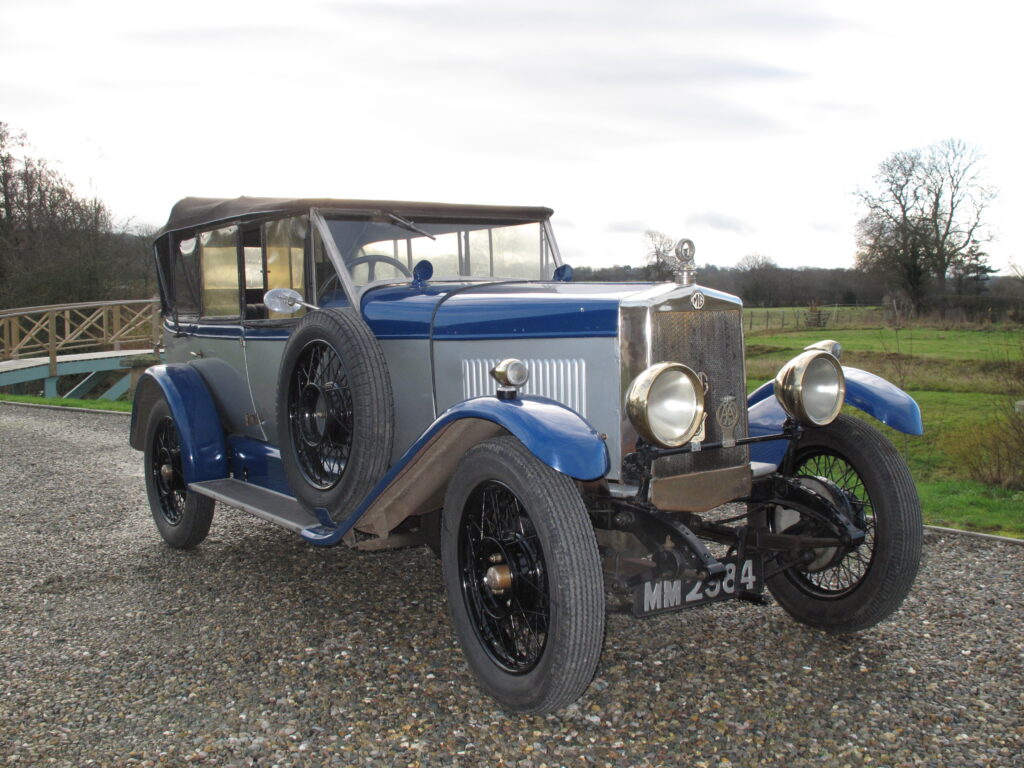
In 1924, the Triumph Motor Company released the 13/35. The car featured a 13.35 hp 1873 cc 4-cylinder engine and was the first British car to have hydraulic brakes. However, it remains questionable whether the 13/35 ever went into full production.
The P4 was built by The Rover Company and represents a group of cars produced between 1949 (the Rover 75) and 1964 (Rover 95 and 110). In British motoring culture, the P4 series is fondly referred to as the ‘Auntie’ Rovers although critics labelled them the ‘Poor Man’s Rolls-Royce’.
All the cars in the P4 series featured gauges designed and manufactured by SMITHS Instruments, although post 1963 the gauges featured a British Jaeger logo. The gauges included a speedometer with trip counter and ODO, a triple gauge (water temperature, ammeter and fuel), and a clock.
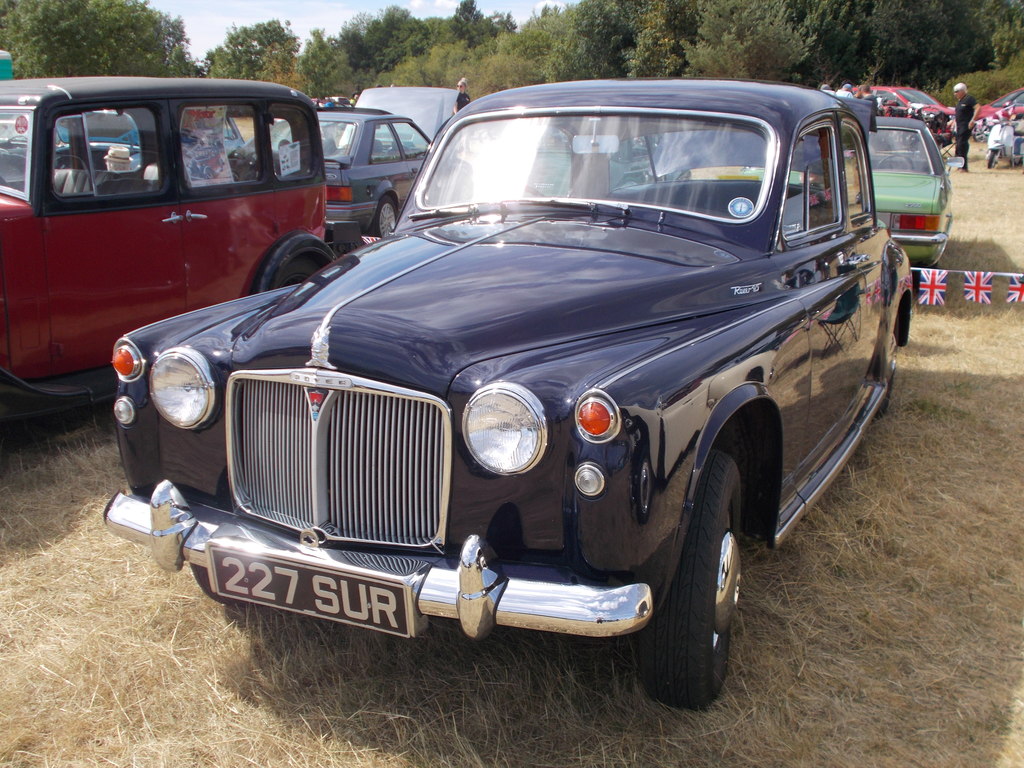
The AC Aceca was launched at the 1954 Earls Court Motor show, just one year after the Ace on which it was based. The Aceca was a classic British grand tourer, build using ash wood and steel tubing. The Aceca was only the second car to feature a rear hatchback, following the 1953 Aston Martin DB2/4. The original Aceca featured an AC 90 hp, 1991 cc engine with an overhead camshaft.
As with other AC cars, all the gauges were designed and supplied by SMITHS including a speedometer, tachometer, oil pressure gauge, water temperature gauge, fuel gauge, and clock.
In 1954, Jaguar launched the XK140 as the successor the to popular XK120. Modifications to the XK120 Roadster included better brakes, rack and pinion steering, and improved suspension. There was also increased interior space to better accommodate taller drivers. The 3.4-litre engine power was increased by 10 bhp on the XK120 to 190.
In the same year, Jaguar decided to design a sports car that could win the Le Mans 24-hour endurance race. The Jaguar D-Type was born. The sleek, aerodynamic body design was revolutionary, with Jaguar’s Technical Director and Chief Engineer, William Heynes, drawing on aviation engineering. He worked closely with Malcolm Sayer, who had also been involved with the design of the C-Type. The aim was simple. They wanted to create a sports car that cut through the air like a hot knife through butter, reducing drag and improving the efficiency.
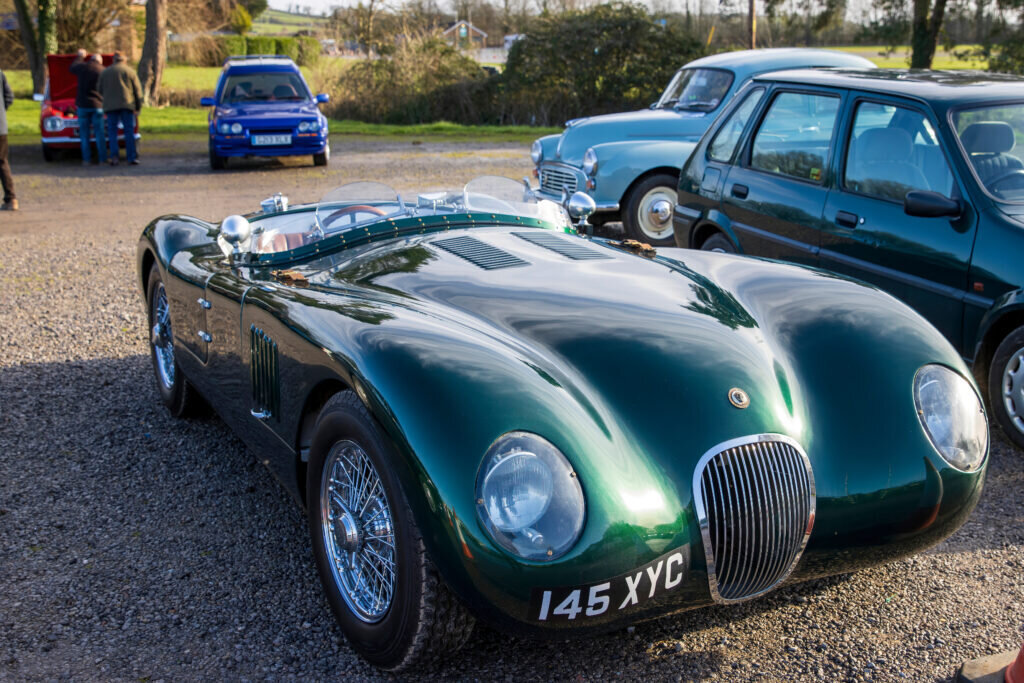
Between 1954 and 1957, Jaguar is believed to have built 18 factory team cars, 53 for customers, and 16 XKSS versions. In July 2008, a first factory production D-Type was sold at Bonhams auction for £2,201,500. Incredibly, the 1956 Le Mans-winning 1955 Jaguar D-Type sold for $21,780,000 at RM Sotheby’s Monterey 2016. In February 2018, , Jaguar announced that they were going to build 25 ‘new original’ Jaguar D-Types.
As with all Jaguar cars at the time, both the XK140 and D-Type featured gauges designed and built by SMITHS.
The Rootes Group, a British automobile manufacturer and, separately, a major motor distributor and dealers business, wanted to develop a more powerful version of the Sunbeam Alpine series 1 to complete in wider global markets. They turned to American car designer and racing driver Carroll Shelby, who had completed a similar V8 conversion for the British AC Cobra. Subsequently, the early Sunbeam Tigers featured a 4.3-litre Ford V8 engine. The Sunbeam Tiger proved to be the last produced by Rootes before being taken over by Chrysler in 1967.
The Sunbeam Tiger featured British Jaeger gauges designed and built by SMITHS.
Marcos Engineering Ltd launched the Marcus 1800 GT, the company’s first sports car, in 1964. The car was truly innovative and drew plaudits from across the automobile sector when launched at the 1964 Racing Car Show. The original Marcus 1800 GT had a glass fibre body, a wooden chassis (later changed to steel) and a Volvo P1800 engine. The 1800 GT was designed and built to race, which original models continue to do in both FIA and HSCC (UK) historic racing series.
All the gauges in the Marcus 1800 GT were designed and built by SMITHS.
Although launched in 1963, full production of the Porsche 911 did not commence until September 1964. The 911 was Porsche’s second production car after the 356 and would become one of the most iconic production cars of all time. The original 911 accelerated from 0-60 mph in 9.1 seconds and had a top speed of 130 mph. Since 1964 there have been eight generations of the Porsche 911, but the basic layout and look have been maintained, creating a true all-time classic.
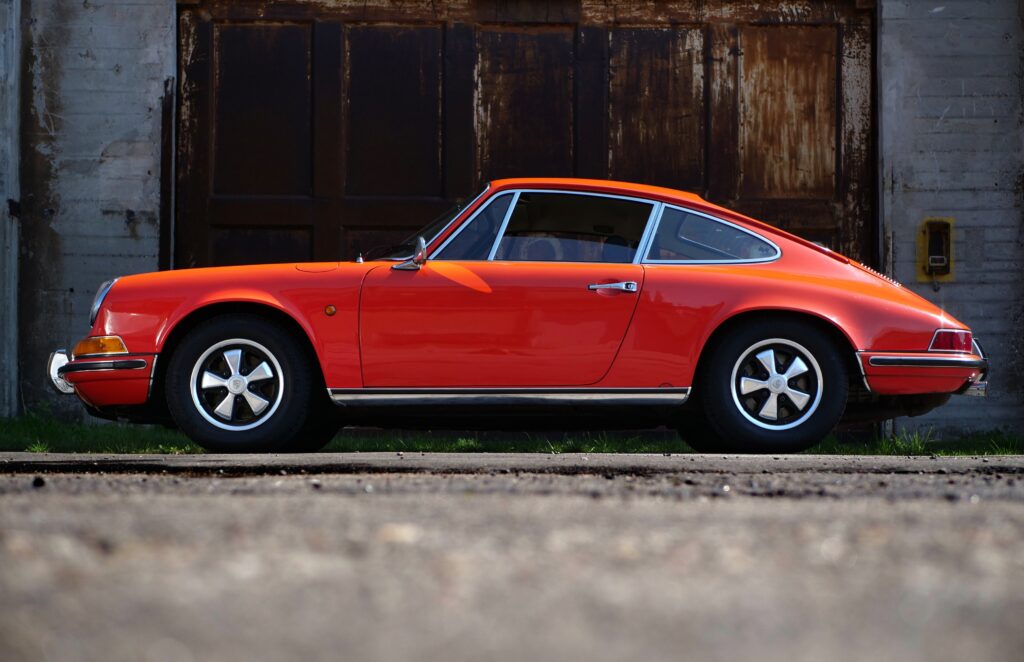
Noble Automotive released their first super car, the Noble M10. The two-door, two-seater convertible was powered by a 2.5-litre 168 bhp engine. Incredibly, only 6 were ever made as the M10 was quickly replaced by the M12.
From the outset, Noble turned to Caerbont Automotive Instruments for the gauges. Working together, the engineering teams designed a set of instruments that reflected the style and image of the new super car.
The very successful M12 made way for the M400 in 2004. Built in South Africa by Hi-Tech Automotive under licence, the M400 was widely acclaimed by the automotive press for excellent handling and power. The M400 is largely based on the M12 with a boosted 3.0-litre twin-turbocharged Ford Duratec V6 engine. The UK automotive TV show Vroom Vroom suggested that the M400 gave the performance of a Ferrari Enzo at a Porsche 911 price.
As with previous and future Noble cars, Caerbont Automotive Instruments continued to design and manufacture the gauges.
Celebrating notable classic car anniversaries in 2024 highlights the long-standing history of both SMITHS and Caerbont Automotive Instruments. We continue to supply enthusiasts with a wide range of SMITHS and British Jaeger gauges for classic cars, built using the original drawings with additional models adopting modern digital technology.
For further information on SMITHS gauges for classic cars, please contact us on:
Email: [email protected]
Phone: +44 (0) 1639 732200
You can also follow us on social media including Facebook (@caigauge) and Twitter (@caigauge) for regular news and technical features.